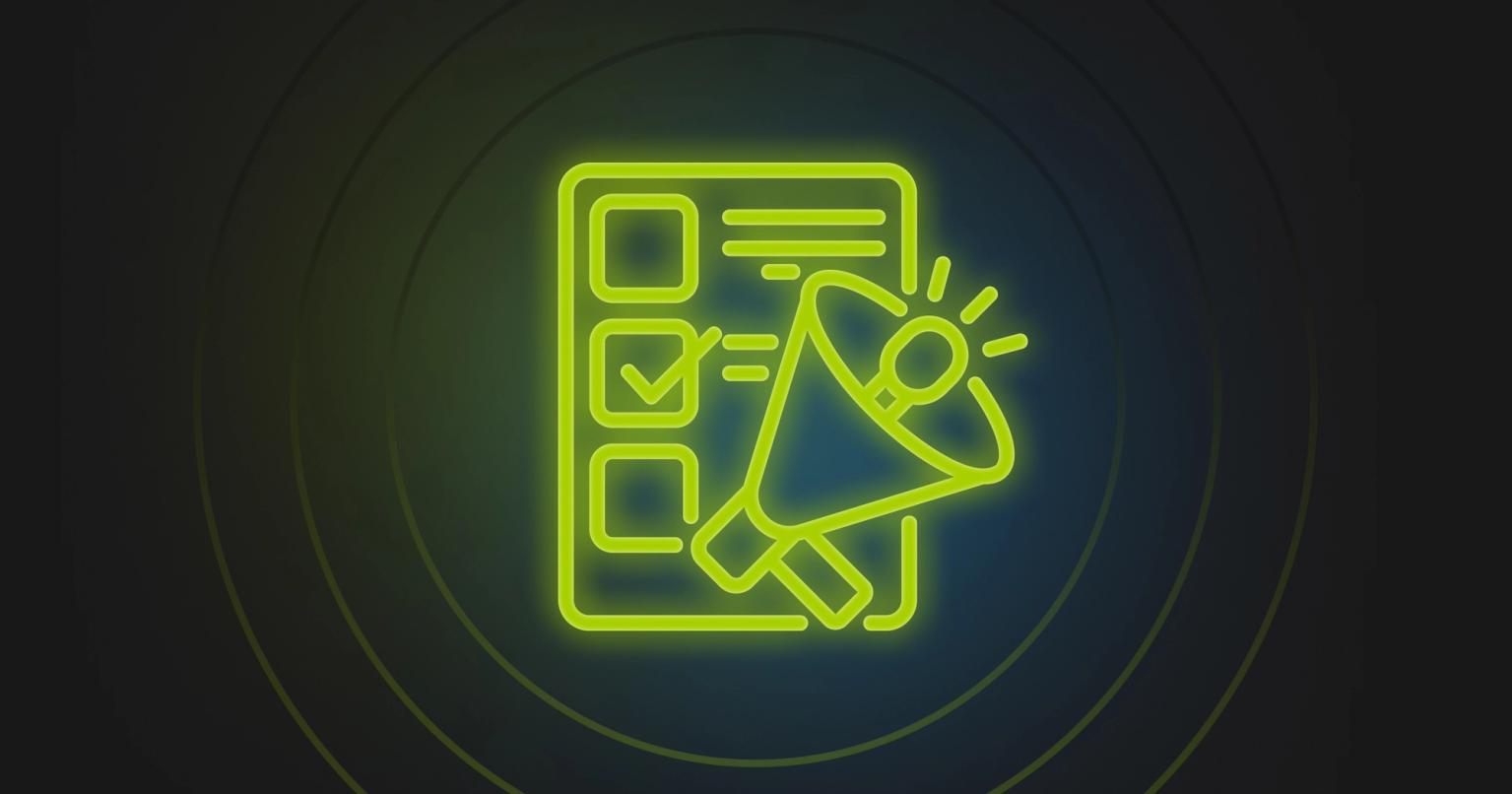
What to do when it’s time to join the .com club
Having worked with a number of smaller organizations in my career, I can tell you that it’s a huge moment of pride for the company and the marketing department to finally purchase their .com URL. It feels like a right of passage.
I’ve managed this process a few times already, and I’ve learned a thing or two that can make this milestone less stressful and potentially less expensive.
Here’s a look at why Knak decided to move to knak.com, along with some insight into managing the timing, purchase, and transition at your own organization.
Why invest in knak.com?
Purchasing knak.com was one of the largest marketing investments we’ve made to date. So what made us decide to pull the trigger?
It’s all in the timing. The timing was right, and the opportunity to purchase the URL at a reasonable price presented itself.
Some of my fellow Marketers will disagree, but I believe that owning your .com URL gives your business an increased sense of legitimacy. It may be a bit less relevant than it used to be, but it’s certainly still a factor.
A few other key reasons:
- It makes Knak easier to find – direct traffic makes up an important part of our website’s traffic, and it’s a common assumption that an established company will own their .com URL.
- It’s the most recognizable and accessible top-level domain (TLD) – even though it’s 2019, the bias toward .com still exists.
- It keeps the URL out of the hands of the competition.
How do you know when the time is right?
I’m often asked how you know when the time is right to purchase your .com URL. Unfortunately, there’s no magic moment, but I do think that some times are better than others.
Here are some key markers to help you determine if the time is right:
- Your company is gaining momentum in the market, and you’re consistently winning new business.
- Your brand is still somewhat flying under the radar compared to your more established competition.
- You’re profitable – this is key if you’re funding the purchase yourself, less so if you have outside funding.
- You’ve received a round of funding or are about to announce funding.
- You’re about to announce a major corporate or product update.
Making a successful URL purchase
The first step here is knowing what your URL is worth.
Like almost everything else, at the end of the day, the value of the URL is what the market is willing to pay, and that value can increase with the visibility of your brand.
If you’re working with a reputable broker (and I would strongly encourage you to use a broker), they’ll likely have developed an evaluation process to help you arrive at a ballpark figure. Make sure you’re comfortable with the range; once you understand the cost, it’s time to talk to the URL owner.
Here’s how to help it go smoothly:
- Use a Broker! Unless you’ve done this in the past, you’ll likely need the help of a professional. Yes, there are fees associated with this service, but a properly structured commission plan should help you get a lower overall purchase price and take the stress out of the transaction. Some additional benefits to using a broker:
- They assure anonymity, which can help with negotiations.
- They know the ropes and can advise against tactics that may come back to haunt you.
- They’ll be willing and able to answer your 1,001 questions.
- They may have an existing relationship with the seller that can expedite the process
- Don’t approach the URL owner until you’re willing and able to make the purchase. Putting out feelers now can make your purchase more expensive down the road because it alerts the seller to your organization and allows them to keep tabs on your growth.
- Proceed in good faith. Whether you’re dealing with an individual or a business, at the end of the day, you’re looking for a win-win outcome to your negotiations.
- Get creative with your financing. Maybe a lump sum purchase isn’t feasible right now. Some companies that specialize in buying and selling URLs will offer a payment plan. Beware, though – the penalties for missing a payment can be grave. You can lose your URL and forfeit the payments you’ve already made.
- Use an escrow service (hint: we like escrow.com). An escrow service will manage the contract and money transfers and help protect both parties. It’s well worth the extra investment, and it may be non-negotiable: most reputable sellers will insist on using an escrow service.
If you haven’t already done so, I’d encourage you to consider purchasing other variations of your URL at the same time (.io, .net, .ca, etc). They can usually be picked up on services like GoDaddy for a few dollars a piece.
What not to do
Unless you have a rock-solid case, avoid going through ICANN to forcefully claim the URL. If you fail, there can be some serious consequences, which can come back and cost you from both a brand and a dollars perspective. Remember: you’re dealing with people. People will remember your actions when you’re negotiating with them, and until you own the URL, you’re vulnerable to retaliation.
Case in point:
Once I inherited a situation where, before I joined the organization, management had attempted to forcefully claim the rights to a URL, only to have the request rejected.
As a consequence, the rightful owner decided to retaliate by directing said URL to an adult website.
In the end, the URL was purchased successfully, but the acquisition price was well above what we had anticipated (and budgeted for). A different approach might have yielded a more positive outcome.
We got the URL! Now what?
Once you’ve completed the purchase, make sure you’re ready for the technical transfer of your URL. That means engaging with your IT team or lining up a trusted consultant ahead of time to make the hand-off and implementation as smooth as possible.
- Make a list of what will need to be updated with your new URL:
- Digital assets – website, landing pages, social media, forms, etc.
- Digital links & redirects.
- Martech – marketing automation platform, email creation platforms, chat bots, etc.
- Corporate email – update to the new URL while making sure you maintain access to old inboxes.
- Printed materials – business cards, swag, banners, handouts, booths, signage, etc.
- Let your customers and your broader audience know about the switch. Make an announcement and encourage them to take a few steps to ensure it’s business as usual on their end:
- Update digital bookmarks to the new .com.
- Add the new .com to their email safe-sender list.
- Ask them to click the new .com URL to test accessibility. Instruct them to reach out to their IT team to whitelist the new URL if there are any issues.
I would encourage you to check out this article on SEMrush. I would also suggest downloading their comprehensive “Migration Checklist” to help ensure your bases are covered.
Handle the basics first
Purchasing a .com is a big step for an organization. It helps further your brand, protect your brand identity, and make it easier for prospective clients to find you. But, it’s important to remember that it’s not a magic bullet.
If you’re unable to generate leads, struggling to attract the right audience, or experiencing SEO challenges, a .com isn’t going to solve your problems.
My advice would be to hold off on the purchase, and instead, invest your time and money in fixing the fundamentals.
But if you’re ready to move ahead with your URL purchase, congratulations! You’re about to achieve a major milestone in the life of your organization, and we want to be the first to welcome you to the .com club.
For some helpful advice on naming your URL, check out “How to Choose a Domain Name” on Moz’s blog.












